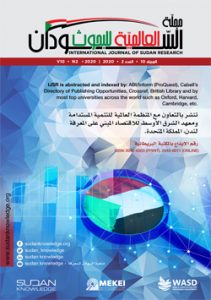(101) The expected environmental impacts of the Renaissance Dam on Sudan, Dr. Mona Ahmed
Dr. Mona Ali Ahmed
Mayamin Company, Khartoum
Sudan
DOI: 10.47556/J.IJSR.11.1.2021.2
 Purpose: The study focuses on the environmental impacts of the Renaissance Dam in Sudan, and its impact on the Nile Sudan.
Purpose: The study focuses on the environmental impacts of the Renaissance Dam in Sudan, and its impact on the Nile Sudan.
Design/methodology/approach: The research material was collected through detailed maps, the methods of lists and matrices, in addition to a personal interview with scientific foci, together with photos and reports from the World Commission on Dams.
Findings: The results showed that the blocking of the Blue Nile flood leads to the loss of flood plains and flood irrigation areas; it also leads to the loss of natural soil fertilisation. Groundwater basins are deprived of seasonal recharge, there is a poor quality of water flowing into Sudan, the population become infected with water-spread diseases, there is a loss of fisheries, a loss of Nile forests and a decline and loss of wild animals and birds. All this contributes to climate change in Sudan.
Originality/value of the paper: The paper recommends that the operation of the Renaissance Dam should allow the preservation of the traditional natural seasonal flow of the Blue Nile. It should do this by supporting the continuation of its flow and the silt and sediments it carries in order to preserve its vital content and protect the riverine, amphibious and terrestrial ecosystems associated with the Blue Nile and the Nile. It is of utmost importance to limit the building of large dams on the Nile River and its tributaries, and encourage reliance on solar and wind energy for development.
Keywords: Large Dams, Environmental Impacts, Flood Plains, Ecosystems, Biodiversity, Nile Forests, Water Quality, Climate Change.
